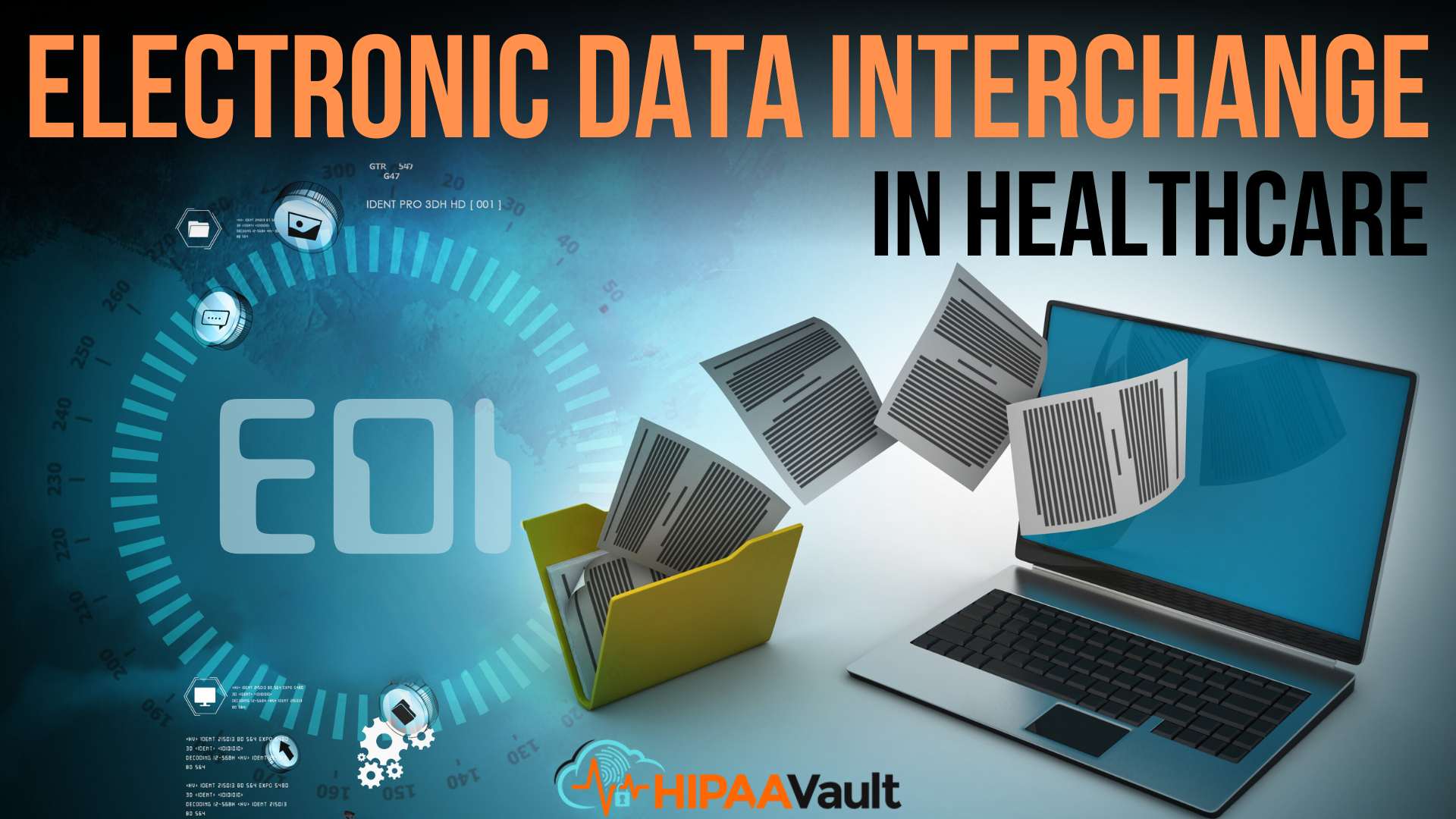
The Digital Revolution in Healthcare
In today’s healthcare landscape, electronic systems are revolutionizing how organizations handle data and deliver care. Electronic Data Interchange (EDI) has emerged as a crucial technology transforming healthcare operations from paper-heavy processes to streamlined digital workflows.
Understanding Electronic Data Interchange (EDI) in Healthcare
Definition and Purpose
Electronic Data Interchange represents a standardized method for exchanging business documents between different healthcare organizations. It provides a structured approach to transferring clinical and administrative data among providers, patients, insurers, and other stakeholders.
Key Benefits for Healthcare Providers
Healthcare providers benefit from EDI through streamlined claims processing, reduced paperwork, and improved data accuracy. The system enables quick electronic transmission of claims to insurance companies and facilitates rapid response through electronic remittance advice.
HIPAA EDI Standards
The Health Insurance Portability and Accountability Act (HIPAA) establishes crucial standards for EDI implementation in healthcare, ensuring secure and standardized data exchange across the industry.
Essential EDI Documents in Healthcare
Several key EDI documents facilitate various healthcare processes:
EDI 837 Healthcare Claims
This fundamental document enables providers to submit healthcare claims electronically to payers, containing detailed information about patient services and payment requests.
EDI 835 Electronic Remittance Advice
Insurance companies use this document to respond to EDI 837 claims, providing detailed payment information for medical claims.
EDI 270/271 Eligibility Inquiries and Responses
These paired documents allow providers to verify patient eligibility for specific medical services and receive immediate responses from insurers.
EDI 276/277 Claim Status Requests and Responses
Healthcare providers use these documents to track claim status and receive updates from insurance companies.
EDI 278 Healthcare Services Review
This document streamlines the authorization process for medical procedures.
EDI 820 Payment Order/Remittance Advice
Providers receive electronic payment and remittance information through this document, optimizing revenue cycle management.
EDI 834 Benefit Enrollment and Maintenance
This document manages the enrollment, updating, and termination of healthcare benefits.
HIPAA Compliance and EDI: Ensuring Data Security
HIPAA Requirements for EDI Transactions
Organizations must maintain strict compliance with HIPAA regulations when handling protected health information through EDI systems.
Implementing Security Measures
Proper safeguards, including secure networks and encryption technologies, must be implemented to protect sensitive data during transmission.
Consequences of Non-Compliance
Healthcare organizations face significant penalties and legal consequences for failing to comply with HIPAA EDI standards.
The Impact of EDI on Healthcare Operations
Streamlining Administrative Processes
EDI significantly reduces manual effort in administrative tasks, leading to substantial cost savings and improved efficiency.
Improving Accuracy and Efficiency
By eliminating manual data entry, EDI reduces errors and enhances the reliability of patient records and billing processes.
Enhancing Patient Care and Satisfaction
Real-time updates on claims and eligibility enable faster service delivery and improved patient experience.
Future Trends in Healthcare EDI
AI and Machine Learning Integration
Artificial Intelligence and Machine Learning are enhancing EDI systems, improving claims processing accuracy and overall efficiency.
Cloud-Based EDI Solutions
The healthcare industry is increasingly adopting cloud-based EDI solutions for better accessibility and scalability.
Mobile EDI Applications
Mobile solutions are enabling real-time data exchange for healthcare professionals on the move.
Embracing EDI for a More Efficient Healthcare System
EDI continues to drive healthcare transformation, offering improved operational efficiency, enhanced data accuracy, and environmental benefits through reduced paper usage. As healthcare evolves, EDI remains essential for creating a more efficient, accurate, and patient-centered system.





